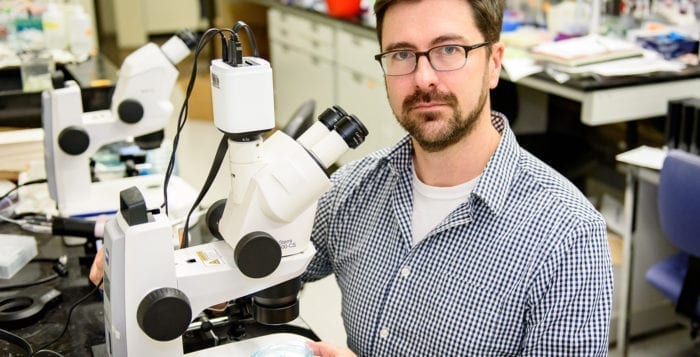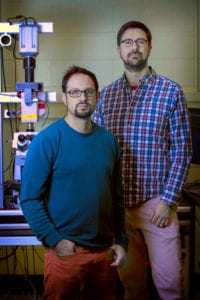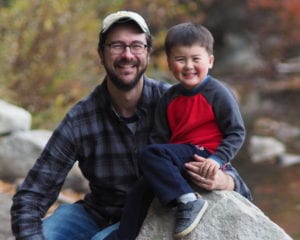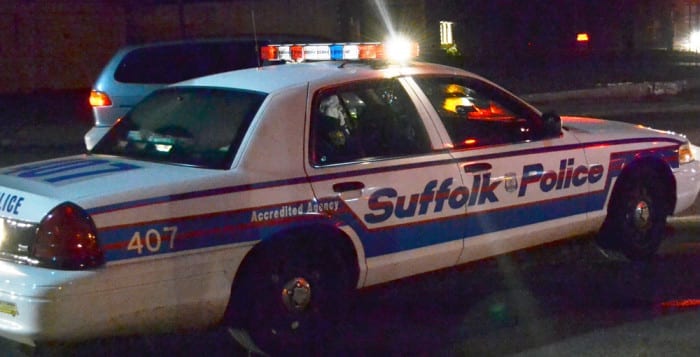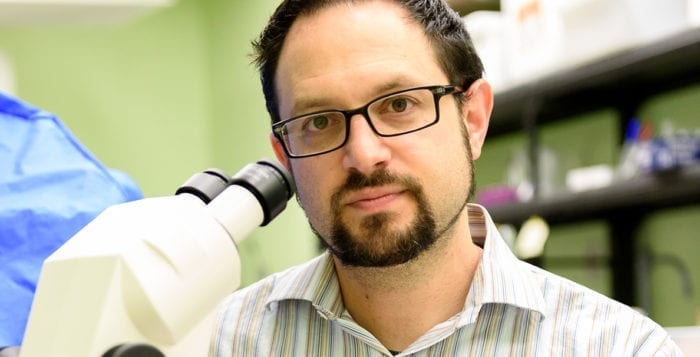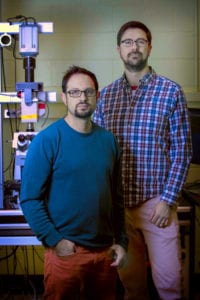Scientists and politicians are relied upon to do the bulk of the work to reduce the effects and pace of climate change, but local activist organizations on Long Island are taking on the burden as well.
“I think it’s really important for grassroots and local solutions to tackle this crisis — to be at the forefront of the solutions,” Ryan Madden, with the Long Island Progressive Coalition said. “A lot of the problems we see in this country, in New York State and on Long Island, whether it’s rampant income inequality, access to education, just issues of local pollution and ailments related to the combustion of fossil fuels, all of this connects into a larger system that informs why climate change is a problem in the first place.”
The LIPC, a community-based grassroots organization that works on a range of issues related to sustainable development as well as achieving social, racial and economic justice, has a program for improving energy efficiency. The group helps low- to moderate-income homeowners take advantage of free energy assessments and obtain financial resources to be able to go through energy-efficient retrofits and ultimately help reduce carbon footprints. The organization also recently entered the solar arena.

“It’s part of a larger push to democratize our energy system so that communities have a say in the build out of renewable energy and have ownership or control over the systems themselves,” Madden said. “We’re pushing for constructive and far-reaching changes, which is what we think is needed in this time.”
Madden added he has fears about the future because of comments President Donald Trump (R) has made in the past regarding climate change and his previously stated belief it is a hoax. Trump signed an executive order March 28 that served as a rollback of the Clean Power Plan, an initiative meant to reduce carbon pollution from power plants. The order infringes on commitments to the Paris Agreement, a universal, legally binding global climate deal.
“We’re trying to meet that with really bold, visionary climate policy that has a wide range of economic transformative impacts, while also remaining on the ground helping homeowners and institutions make that switch through energy efficiency and renewable energy,” Madden said.
Other organizations like the Sierra Club, a nonprofit, are also focused on renewable energy, but in the form of offshore wind.
“Offshore wind is the best way to meet our need for large-scale renewable energy that can help us fight climate change and provide good jobs for New Yorkers, but we aren’t used to getting our energy this way in the United States,” Sierra Club organizer Shay O’Reilly said. “Instead, we’re used to relying on dirty fossil fuels, and our energy markets and production systems are centered on these ways of producing electricity.”
Gordian Raacke, with Renewable Energy Long Island also works on this front. He and his group advocated for and eventually convinced the Long Island Power Authority to do a study on offshore wind power.
“January of this year, LIPA agreed to sign a contract for New York’s first, and the country’s largest, offshore wind project,” he said.
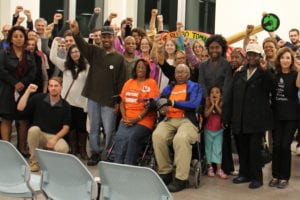
Deepwater Wind will build and operate the 90-megawatt project 30 miles east of Montauk Point in the Atlantic Ocean. The project will generate enough electricity to power 50,000 homes.
In 2012, the group also commissioned a study to evaluate whether Long Island could generate 100 percent of its annual electricity consumption from renewable energy sources. The study, The Long Island Clean Electricity Vision, showed that it would not only be possible, but also economically feasible.
Currently, the LIPC has a campaign to pass the Climate and Community Protection Act in New York State, which would decarbonize all sectors of New York’s economy by 2050, redirect 40 percent of all state funding to disadvantaged communities — which would decrease pollution over decades — and ensure a transition away from fossil fuels.
These topics and others are taught in classes at Stony Brook University under its Sustainability Studies Program. Areas of study include environmental humanities, anthropology, geology, chemistry, economy, environmental policies and planning. Students do hands-on and collaborative work and take on internships in the field. They also clear trails and develop businesses to help increase sustainability among other hands-on initiatives.
“Our mission is to develop students who become leaders in sustainability and help to protect the Earth,” Heidi Hutner, director of the program said. “Climate change and pollution is the most important issue facing us today. We have to find a way to live on this planet and not totally destroy it and all of its creatures. Our students are skilled in many different ways, going into nongovernmental or not-for-profit organizations, becoming law professors, lawyers, journalists, scientists, educators, but all focused on the environment. A former student of ours is the sustainability director at Harvard Medical School.”
Students from the program organized to march in the People’s Climate March in 2014, and will be doing so again April 29. The purpose of the march is to stand up to the Trump administration’s proposed environmental policies.
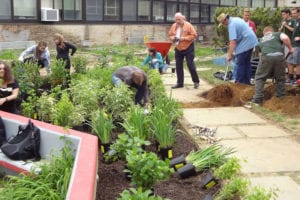
Undergraduates in the program also work closely with environmentally active local legislators like state Assemblyman Steve Englebright (D-Setauket), and county Legislators Kara Hahn (D-Setauket) and William “Doc” Spencer (D-Centerport). There is also a Sierra Club on campus.
The LIPC regularly hosts round tables to show other environmental groups what it’s up to and town halls to let community members share their stories and even visit assembly members to lobby for support. Sustainable Long Island, a nonprofit founded in 1998 that specialized in advancing economic development, environmental health and social equality for Long Island, also focuses on low-income communities through its programs.
Food equality and environmental health are the group’s biggest areas of concentration because according to Gabrielle Lindau, the group’s director of communications, the issues are tied to each other.
“There is a polarization here on Long Island,” she said. “We have extremely rich communities, and then we have extremely poor communities.”
According to Lindau, 283,700 people receive emergency food each year, so Sustainable LI builds community gardens and hosts youth-staffed farmers markets to combat the problem.
“It’s a game-changer for low income communities,” she said. “These communities gardens are great because they give people access to fresh, healthy food, and it also puts the power in their hands to find food and also, the learning skills to be able to grow that food. It’s also a paid program, so it’s giving them an opportunity to earn what they’re working toward.”
The youth-staffed farmers markets, which began in 2010, have been a real catalyst for change in communities like Farmingdale, Roosevelt, Freeport, Flanders, New Castle and Wyandanch where access to fresh food is not a given.

“We have so much farming going on out east here on Long Island and I don’t think people who live here ever step back to look at all the food we have here in our own backyard,” Lindau said. “These markets are an incredible program because they’re not only teaching kids in communities about agriculture where they wouldn’t have necessarily had the opportunity to do that, but they’re also teaching them financial literacy skills, and, at the same time, they’re bringing in healthy food items to their neighbors.”
Shameika Hanson a New York community organizer on Long Island for Mothers Out Front, an organization that works to give women a voice for change — empowering and providing them with skills and resources to get decision makers and elected officials to act on their behalf — does specific work with climate change, also calling for the transition from fossil fuels to renewable energy. As a national organization, the topics range depending on the needs of an area from getting methane gas leaks plugged, to stopping oil trains for moving through the area, to getting involved in carbon offsets. Specifically on Long Island, women are creating a task force to ensure the drinking water quality across the island is standardized.
“Democracy doesn’t work without civic engagement,” Hanson said. “There’s a need for a conversation to happen that is united. Even though the water authorities are separate, the water isn’t.”
Sustainable Long Island also works on building rain gardens to reduce stormwater runoff into local waters.
“We’re in a dire situation here on Long Island when it comes to our aquifers,” Lindau said. “We have an intense amount of nitrogen that’s already going into the ground.”
The nonprofit works with the Environmental Resource Management Foundation and PSEG Foundation and builds rain gardens like the one at the Cove Animal Rescue in Glen Cove and others in East Islip and Long Beach.
“It’s about educating communities on the importance of the rain garden and why green infrastructure practices are pivotal for environmental health on Long Island moving forward,” Lindau said. “If we don’t have clean drinking water, we’re going to be in trouble, if we don’t have usable soil to plant in, we’re not going to have farms growing the produce we need to survive and if we don’t have that produce, then we’re not going to be able to bring food into these low-income communities for people who can’t get it otherwise. They’re all connected in a number of different ways and a lot of them root back to health.”
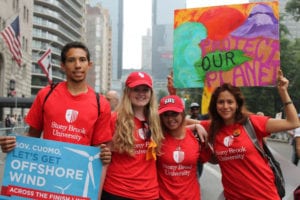
Sustainable Long Island has done work with local municipalities following superstorms like Hurricane Sandy. They helped communities rebuild, hosted peer-to-peer education meetings to better prepare locals and business owners for another devastating storm and provided job training to bring businesses back.
“A big part of this is going into communities and educating them and helping to advocate in order to facilitate change,” Lindau said. “Working with other groups is extremely important as well. We’re not a lone wolf in the nonprofit world — we not only find it important to work with governments and other municipalities — but to connect with other nonprofits who have something unique to offer as well.”
Melanie Cirillo, with the Peconic Land Trust, reiterated the need for local organizations to team up. The Peconic Land Trust conserves open space like wetlands, woodlands and farmland. It keeps an eye on water quality and infrastructure like Forge River in Mastic, which is a natural sea sponge that absorbs storm surge.
“Wetlands are key in so many of our waterfront properties,” she said. “We have a finite amount of drinking water that we need to protect for our own health. The protection of land is integral to the protection of the water.”
She said although every organization may have a bit of a different focus, they’re all working under the same umbrella and premise, with the same goal in mind: maintaining the health of Long Island.
“I think it’s important for groups to have the ability to bring people together, especially because the impact of climate change affects people in a lot of different ways, whether it’s high energy costs, the impact of superstorms like Hurricane Sandy, sea level rise or coastal erosion, or ocean acidification that impacts people’s fishery and economic way of life,” Madden said. “We have to meet the immediate visceral needs of people — of communities and workers — but we also need to be thinking decades ahead on what it will take to decarbonize our entire economic system. It’s really important for groups to be oriented toward that long term focus, because this is an all hands on deck situation.”
This version corrects the spelling of Stony Brook University’s Sustainability Studies Program Director Heidi Hutner’s last name.

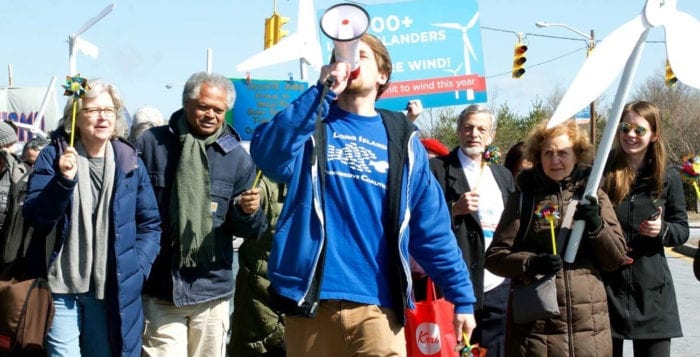

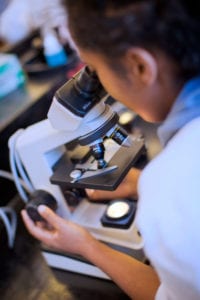

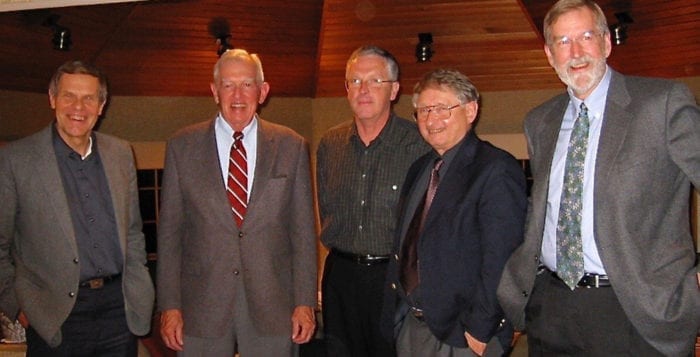
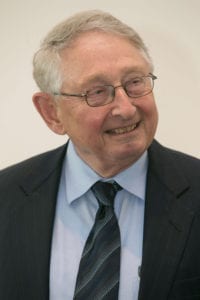
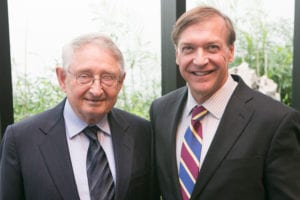
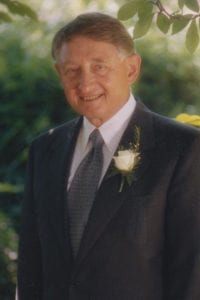
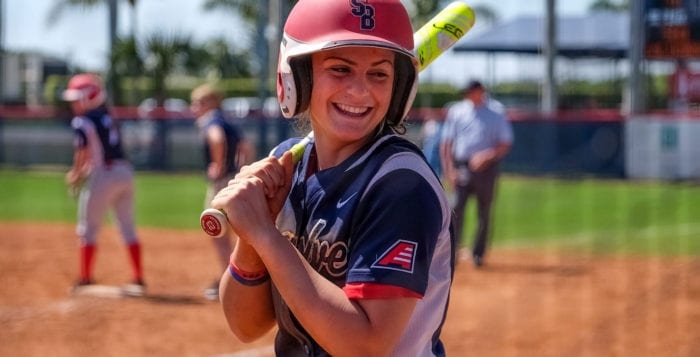

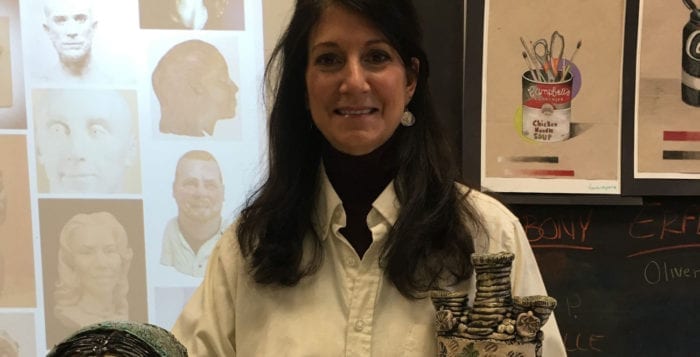

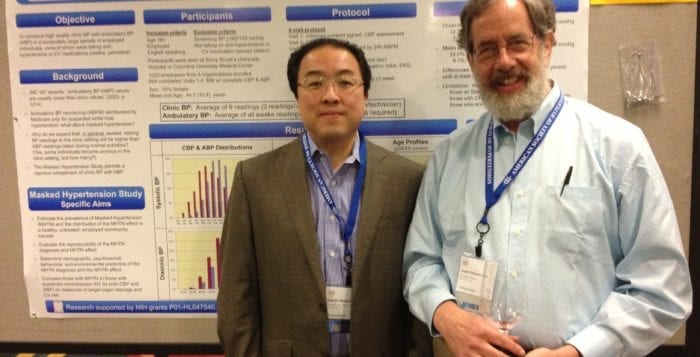
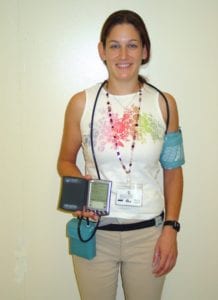

 The school has developed a close relationship with the Confucius Institute, which enables Harbor Country Day’s students to participate in cultural events at the university. This year marks the third year Harbor Country Day has participated in the show, and Mandarin teacher Hong Snyder is grateful for such unique opportunities. “I believe it’s important for the children to have an intimate understanding of the culture of the language they are studying,” said Snyder. “Otherwise, they are learning the language in a vacuum, which makes it very difficult for them to fully understand and absorb what they’ve learned. Here at Harbor, we try very hard to give them many different opportunities to experience the Chinese culture, from dance and music, to cuisine, to performances like those at the Confucius Institute.”
The school has developed a close relationship with the Confucius Institute, which enables Harbor Country Day’s students to participate in cultural events at the university. This year marks the third year Harbor Country Day has participated in the show, and Mandarin teacher Hong Snyder is grateful for such unique opportunities. “I believe it’s important for the children to have an intimate understanding of the culture of the language they are studying,” said Snyder. “Otherwise, they are learning the language in a vacuum, which makes it very difficult for them to fully understand and absorb what they’ve learned. Here at Harbor, we try very hard to give them many different opportunities to experience the Chinese culture, from dance and music, to cuisine, to performances like those at the Confucius Institute.”